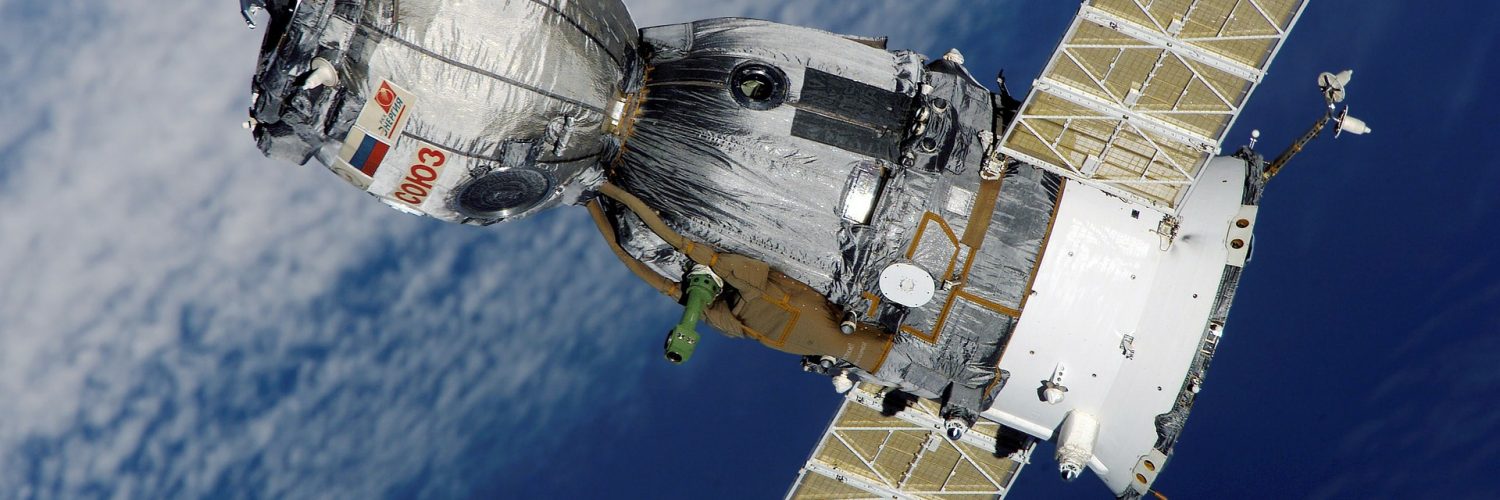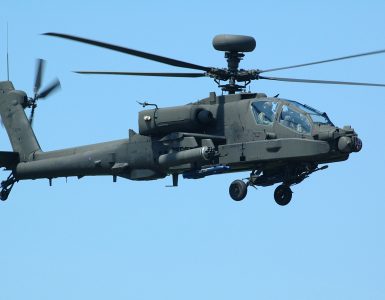When it comes to NASA and the new age of space exploration, things are heating up, especially here in Arizona. Earlier this year, President Trump proposed Space Force, a potential wing of the armed forces that oversees military operations, and more recently, two astronomers out of the University of Arizona were added to a new NASA mission that will look to answer important questions in the space community.
Now, the University of Arizona is popping another feather in its cap when it comes to all things space-related with another NASA project that was just cleared for takeoff.
CatSat, an inflatable space antenna designed by UofA students from the Lunar and Planetary Laboratory and various departments, including astronomy, computer science, aerospace, and mechanical engineering, was just picked to fly as an auxiliary payload on upcoming space missions. The UofA project is one of 16 in total from 10 states and will be aboard NASA missions in 2020, 2021 and 2022. It is part of the CubeSat Launch Initiative, which provides access to space for small satellites.
The small satellites usually measure about four inches on each side and weigh less than three pounds.
“Most antennas currently in use are small because the entire spacecraft itself is small. So, we can’t transmit a lot of data and not do it over great distances in space. So, we are essentially confined to Earth orbit,” says principal investigator Vishnu Reddy. “To overcome the problem of getting large antennas into small spacecraft, our group of students proposed a bold mission that would test a novel inflatable antenna system in space.”
Opportunities to be part of NASA missions include planned spaceflight missions led by the space administration and other U.S. government agencies as well as deployments from the International Space Station. The mini-satellites, such as the UofA CatSat, will perform technology demos and conduct scientific investigations.
Missions that need to beam back data from all the way across the solar system require large antennas. These can get bulky, heavy and expensive. Small satellites, like CatSat, are agile and expand by inflating into a sphere three feet across. An aluminized center part inside the sphere is used to send data back to Earth, which can be downloaded using a ground station at the UofA.
This kind of technology is the creation of University of Arizona astronomy professor Christopher Walker, who landed another NASA approval last fall with his FreeFall Aerospace startup. The local small business was founded with the sole purpose of advancing the technology behind inflatable antennas.
The main goal for the people at Freefall Aerospace was to deviate from how typical shallow-dished parabolic antennas operate. Those antennas can only focus on a single point and have to be physically pointed in the direction of a signal. So, creating a handy antenna that’s operated like a remote control is in charge expands the possibilities of the data it receives.
















Add comment